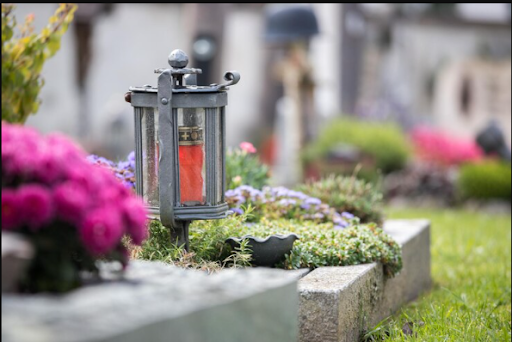Catholic and Buddhist Funerals are distinct ceremonies that reflect the unique beliefs and practices of each respective faith. Understanding the differences between these two funeral traditions is important for individuals seeking to respect and support grieving families of different religious backgrounds.
Contrasting Catholic And Buddhist Funerals: Rituals, Beliefs, And Customs
-
Beliefs and Spiritual Perspectives:
Catholicism and Buddhism differ significantly in their beliefs about life, death, and the afterlife. Catholic Funerals are centered around the belief in the resurrection of Jesus Christ and the hope of eternal life in Heaven. The focus is on praying for the deceased’s soul and seeking divine mercy and forgiveness.
In contrast, Buddhism teaches the concept of rebirth, emphasizing the impermanence of life and the cycle of birth and death. Buddhist funerals often involve prayers, chanting, and rituals to guide the deceased’s consciousness toward a favorable rebirth.
-
Funeral Rituals and Ceremonies:
Catholic Funerals typically include a Requiem Mass, held in a church, where prayers, scripture readings, hymns, and a homily are offered. The Eucharist, or Holy Communion, may also be part of the service.
In contrast, Buddhist funerals may occur at home, in a temple, or at a funeral parlor. They involve chanting, burning of incense, and offering flowers and food to the deceased. Monks may lead the ceremony, recite sutras, and offer teachings on impermanence and the path to liberation.
-
Funeral Practices and Traditions :
Catholic funerals often include a wake or visitation, where family and friends pay their respects to the deceased and offer condolences to the bereaved. The body is typically present in an open casket during this time. Burial is the most common practice, although cremation is also permitted but with certain guidelines.
In contrast, Buddhist funerals may involve embalming, cremation, or burial, depending on cultural and regional customs. Some Buddhist traditions encourage organ donation as an act of compassion. The ashes or remains of the deceased are often placed in an urn or stupa.
-
Mourning and Aftercare:
In Catholicism, the mourning period varies, but prayers and support are extended to the bereaved through the parish community. The focus is on offering condolences and spiritual comfort to the grieving family. In Buddhism, mourning practices may vary across different traditions, but supporting the deceased’s journey in the afterlife and guiding their consciousness toward a favorable rebirth is emphasized. Chanting, meditation, and acts of merit are often performed to benefit the deceased’s spiritual journey.
Conclusion:
Catholic and Buddhist Funerals represent distinct religious practices, each carrying unique rituals, beliefs, and perspectives on life, death, and the afterlife. By understanding these differences, we can better appreciate and respect the funeral traditions of different faiths, offering appropriate support and condolences during bereavement.



